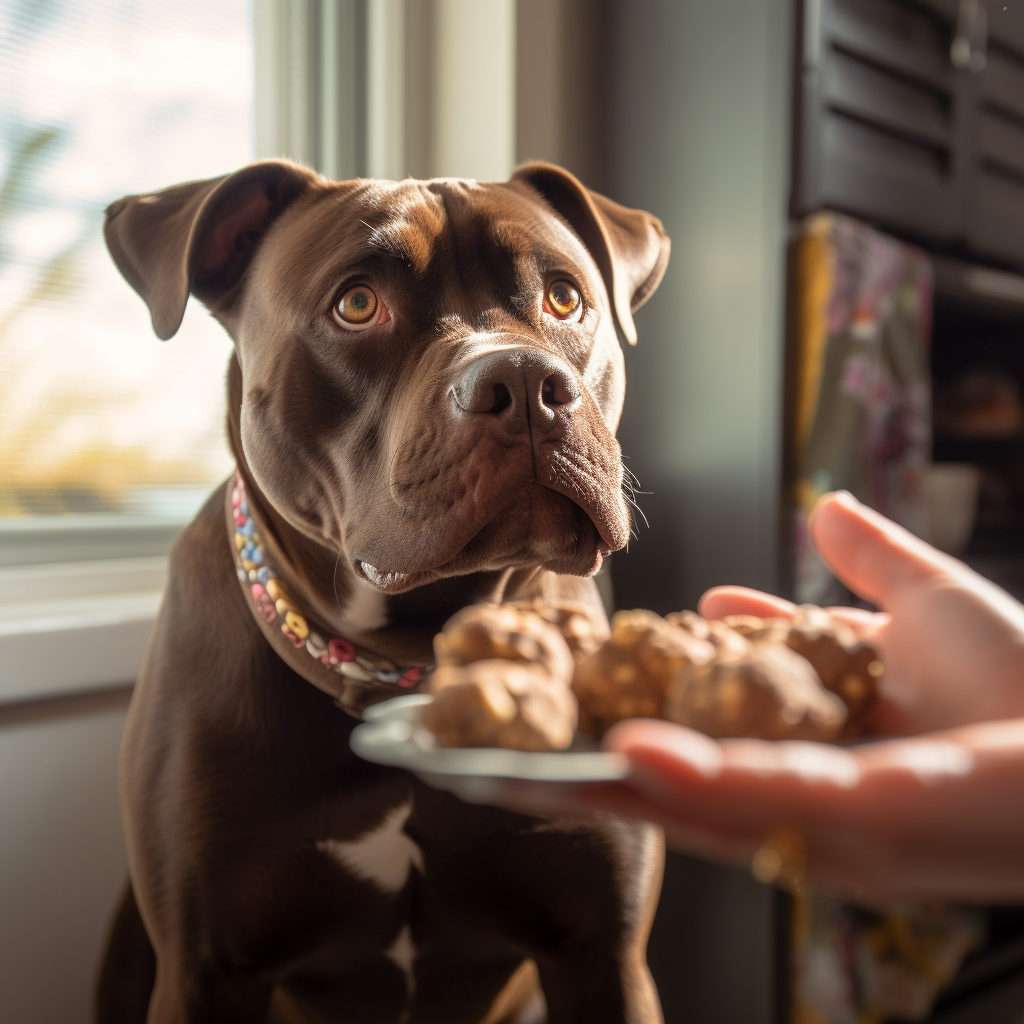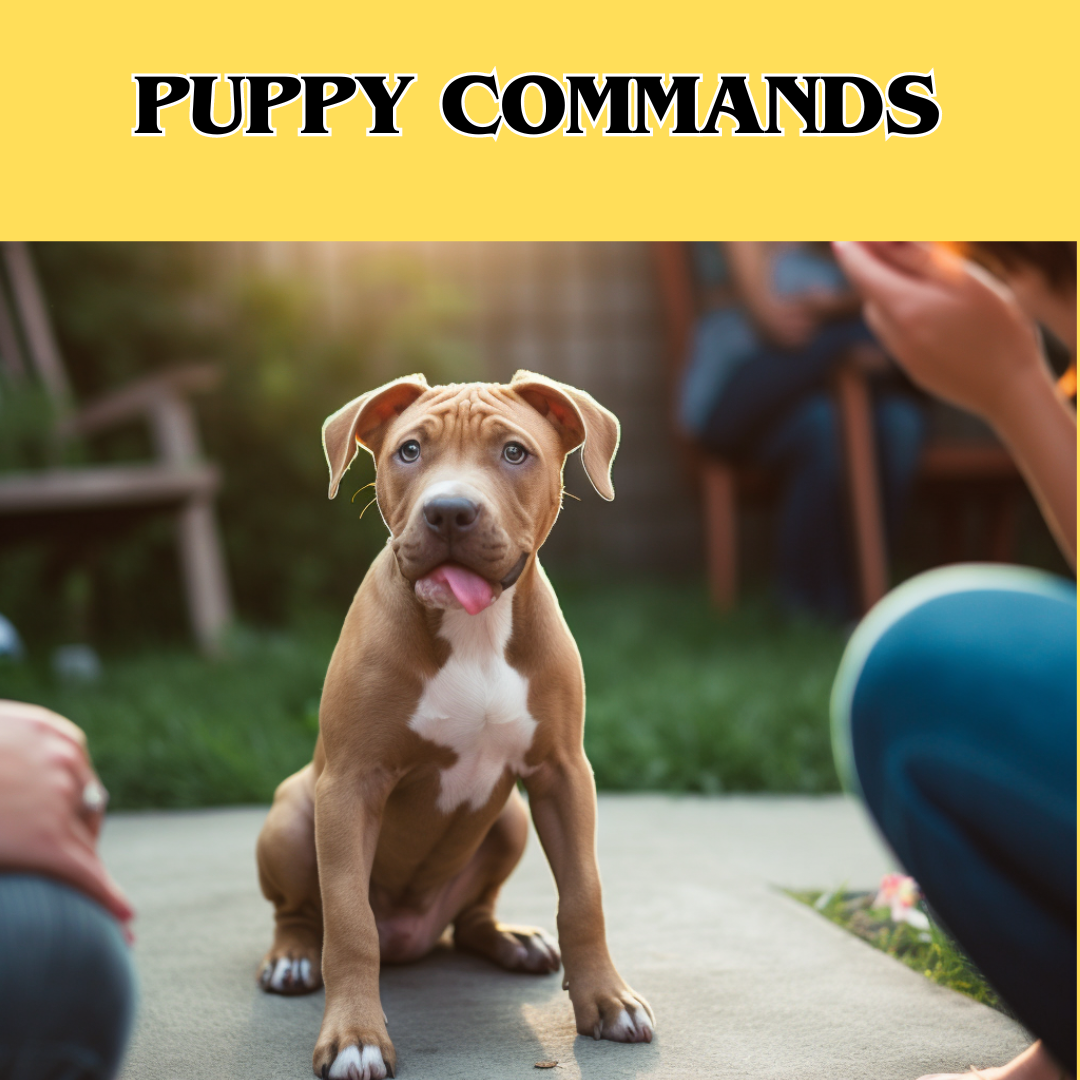Unleashing the Potential: Basic Obedience Training for Pit Bulls
Key Takeaways Table
| Key Points | Description |
|---|---|
| Positive Reinforcement | Utilize treats, praise, and playtime as rewards to encourage desired behaviors. |
| Start with Basic Commands | Focus on “sit”, “stay”, “come”, and “leave it” as the foundation of obedience training. |
| Consistency is Key | Maintain regular training sessions to reinforce learning and behavior. |
| Patience and Adaptability | Understand that each Pit Bull learns at its own pace; adapt training sessions accordingly. |
| Socialization and Exposure | Early exposure to various people, animals, and environments is crucial for well-rounded behavior. |
| Training Session Length | Keep sessions short (5-15 minutes) to maintain your Pit Bull’s attention and effectiveness. |
| Avoid Physical Punishments | Focus on positive reinforcement instead of physical discipline for undesirable behaviors. |
| Incorporate Fun and Play | Make training sessions enjoyable to foster a positive learning environment. |
Pit Bulls, with their energetic and eager-to-please nature, make excellent companions when properly trained. Basic obedience training is not just about commands; it’s about fostering a harmonious relationship between you and your Pit Bull. Here’s a step-by-step guide to ensure your Pit Bull becomes a well-mannered member of your family.
Understanding Your Pit Bull
Before diving into training, it’s essential to understand your Pit Bull’s temperament and physical traits. Pit Bulls are known for their strength, intelligence, and loyalty, but they also have a reputation that is often misunderstood. Debunking common pit bull myths and understanding their true nature is the first step towards effective training.
The Foundation: Basic Commands
- Sit: This is usually the first command taught. It establishes your role as the leader and is a building block for more complex commands.
- Stay: Teaching your Pit Bull to stay puts you in control and can be vital in dangerous situations.
- Come: This command is crucial for your dog’s safety, ensuring they return to you when called.
- Leave It: This teaches your Pit Bull self-control and can prevent them from picking up dangerous or unwanted items.
Each of these commands requires patience, consistency, and positive reinforcement. Training sessions should be short to keep your Pit Bull’s attention focused and should always end on a positive note to keep the experience enjoyable.
Positive Reinforcement: The Key to Success
Positive reinforcement is crucial in training Pit Bulls. Rewards such as treats, praise, and playtime not only encourage your dog to repeat desired behaviors but also strengthen your bond. Understanding the nutritional needs of Pit Bulls can help you choose the right treats for training sessions.

Socialization and Exposure
Socializing your Pit Bull from a young age is vital. Expose them to different people, animals, and environments to help them become well-adjusted adults. Creating a safe environment for your Pit Bull at home and during training sessions promotes learning and reduces anxiety.
Training Techniques and Considerations
- Consistency: Regular training sessions reinforce learning. Be consistent with commands and rewards.
- Adaptability: Recognize when your Pit Bull is tired or frustrated and adjust the training session accordingly.
- Short Sessions: Pit Bulls have short attention spans. Keep training sessions brief but frequent to maintain engagement.
- Avoid Negative Reinforcement: Physical punishment can harm your relationship with your Pit Bull. Focus on positive reinforcement strategies.
Incorporating Training into Daily Life
Training doesn’t have to be limited to designated sessions. Incorporate commands into daily activities to reinforce learning. This approach helps your Pit Bull understand that obedience is part of their everyday life, not just during training times.
Conclusion
Training your Pit Bull requires time, patience, and consistency, but the rewards are immeasurable. A well-trained Pit Bull is not only a joy to be around but also a testament to the positive potential of this misunderstood breed. Remember, the key to successful training lies in understanding and meeting your Pit Bull’s needs, both physical and emotional.
Training your Pit Bull is a journey that enhances the bond between you and your pet. For more insights into raising a well-behaved Pit Bull, explore topics like Pit Bull history, genetics, and temperament on our website.
General Dog Training
- Q: How long does it take to train a dog?
- A: There’s no one-size-fits-all answer. A dog’s learning speed depends on their age, breed, temperament, and the consistency of training. Some basic commands can be learned quickly, while more complex behaviors take time and patience.
- Q: At what age should I start training my dog?
- A: You can start training as soon as you bring your dog home! Even puppies can learn basic habits and commands in a playful way.
- Q: What’s the best way to motivate my dog during training?
- A: Positive reinforcement is key! Use treats, praise, and favorite toys to reward desired behaviors. Avoid punishment, which can be confusing and damage your bond with your dog.
Puppy-Specific Concerns
- Q: How do I potty train my puppy?
- A: Consistency and positive reinforcement are essential. Take your puppy outside frequently (after meals, naps, and playtime). Reward success immediately and avoid scolding for accidents.
- Q: My puppy bites everything! How can I stop this?
- A: Puppy biting is normal. Redirect their chewing to appropriate toys. Provide plenty of chew toys and when they bite you, say “Ouch!” firmly and offer an acceptable alternative.
- Q: How do I stop my puppy from barking excessively?
- A: First, figure out why they’re barking (boredom, fear, etc.). Address the underlying cause and teach them the “quiet” command with positive reinforcement.
Behavioral Issues
- Q: My dog pulls on the leash. Help!
- A: It takes practice! Use a harness to discourage pulling. When they pull, stop walking. Reward them for walking nicely by your side.
- Q: My dog has separation anxiety. What can I do?
- A: Start with short absences and gradually increase the time. Leave them with puzzle toys or calming aids. Consult a professional trainer for severe cases.
- Q: My dog is aggressive towards other dogs. What should I do?
- A: Dog aggression needs professional guidance. Seek a certified dog trainer or behaviorist to create a plan to change your dog’s reactivity.
Training Methods and Tools
- Q: What’s the difference between positive reinforcement and clicker training?
- A: Both rely on rewards. Clicker training adds a distinct sound to mark the exact moment of the desired behavior.
- Q: Do I need special training collars or leashes?
- A: Many dogs can be trained with a simple flat collar and leash. Harnesses might be better for specific breeds. Consult a trainer if you’re considering specialized equipment.



